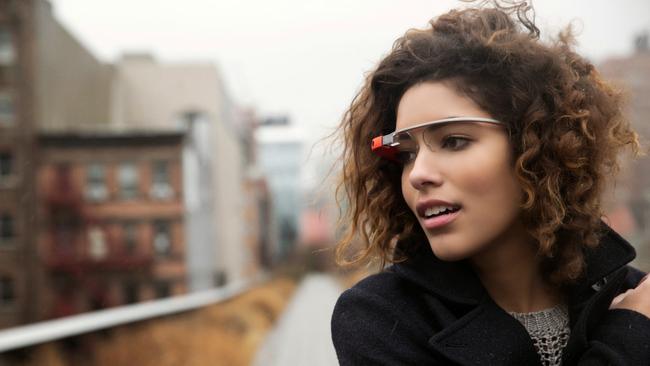Apple glasses: fact or fiction?
The rumours keep swirling about Apple Glass rolling out and they are persisting.
The rumours keep swirling about Apple Glass rolling out and they are persisting. Before the pandemic, it was thought that Apple may showcase this mysterious product as a “one more thing” announcement at the end of the iPhone 12 launch, then scheduled for September.
With COVID-19 the bets are off for anything happening soon with a 2021 or 2022 launch the more likely.
Apple glasses are nothing new. The Apple watching news site MacRumors reported in 2016 that the iPhone maker had assembled a “secret research unit” to explore virtual and augmented reality and had built prototype virtual reality headsets. It reported this again, just this week.
MacRumors believes Apple is working on both augmented reality smart glasses and an AR headset, which is more a gaming-style headset.
So-called “Apple Glass” isn’t total fiction due to patents Apple has filed in the past.
The question is whether rumour matches reality, and what you would use Apple Glass for. Would consumers buy it given the failure of Google Glass?
The most credible scenario is for Apple to be developing glasses that make use of its ARKit augmented reality platform. When you wear the glasses, virtual sign posts might appear showing you which way to go when walking down the street. Tour guide apps could be developed that display information as you explore a new city.
Timetable information about the next tram, train or plane might appear in the corner of your vision, along with curated notifications.
While nothing about Apple Glass is known for sure, it is true that Apple is heavily invested in augmented reality.
Past reports suggest Apple Glass may be controlled by hand gestures, voice commands and touch.
The latest rumour comes from self-described avid Apple leakers Jon Prosser, creator of Front Page Tech, who claims the Apple’s augmented reality glasses will sell from $US499 ($760) plus the price of a prescription if you need one. That’s good news if true because earlier claims pointed to the glasses costing more than $1000.
(You may need a prescription to read the contents on glass as well as see further afield. My experience with Google Glass is that if you’re long sighted, you don’t need prescription lenses just to see contents on the display.)

Prosser says he saw a prototype with a plastic set of frames, with LIDAR integrated on the right side of the temple, no camera, and a special stand for charging the glasses when opened up.
LIDAR is a little like RADAR in that it can measure distance by bouncing waves off objects, but where RADAR uses radio waves, LIDAR uses laser. LIDAR is found in driverless cars and recently Apple included LIDAR in its latest iPad Pro to enhance its ability to measure distance.
Prosser says Apple Glass looks like a regular pair of spectacles rather than a large headset such as an Oculus Rift or Microsoft HoloLens.
He claims both lenses display information straight in front of your eye using a user interface called “starboard”. He says a user can’t tell that you are looking at information on the lenses. It just looks like you are wearing everyday glasses.
He says all data processing happens on a connected iPhone, as it was with early versions of Apple Watch. This is certainly a better alternative to the defunct Google Glass, whose operation was often painfully slow because data was streamed upline to be processed centrally and streamed back to the glasses.
I remember going to shops wearing Google Glass and using its object recognition capability to identity products on shelves. This was being developed to aid people suffering with low vision. However, it would take forever for images gleaned by Google Glass to be sent upline to Google for analysis, and for product information to be streamed back that identifies what you are seeing.
Certainly it’s good news if Apple’s version of glasses doesn’t have a camera as Google Glass did.
The thought of Google Glass users surreptitiously snapping photos and invading people’s privacy saw people rally against it. It took the concept of a paparazzi to a new level.
We’ll eventually see whether Prosser and others touting Apple Glass are right or wrong. Hopefully that won’t take another four years.



To join the conversation, please log in. Don't have an account? Register
Join the conversation, you are commenting as Logout